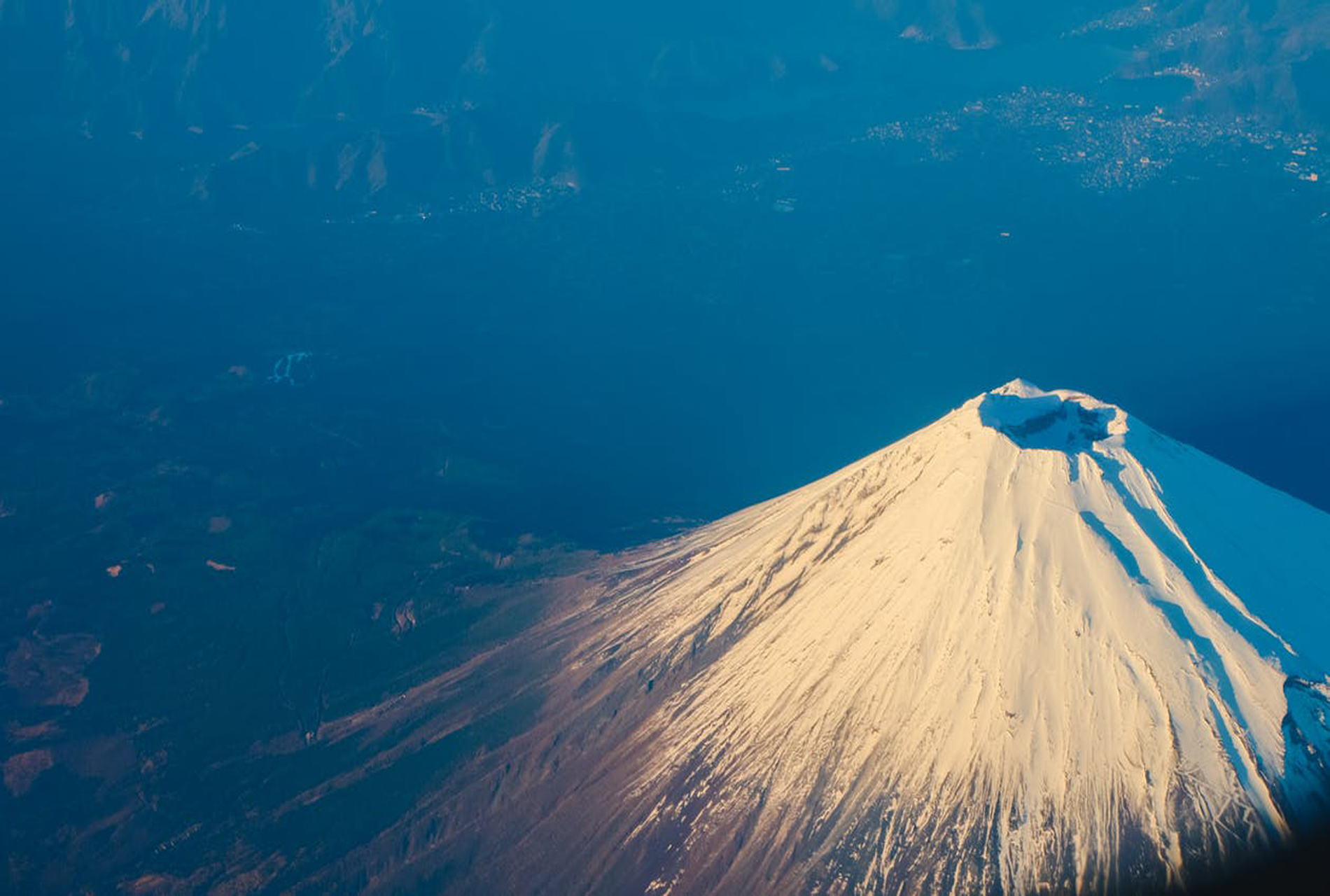

California has long possessed the lure of material and personal fulfillment. What started as a destination for those hoping to strike gold became, in the late 19th century, a mecca for anyone with real or imagined ailments. The state’s temperate climate and natural springs, guidebooks claimed, possessed “restorative powers for weakened dispositions.” The state’s gold has since been drained, and the quest for perfect health has spread to rest of the country. But the erection of the famed Hollywood sign in 1923 marked the start of another phase, one still with us today. During that decade, a real estate development group, one of whose principal backers was Los Angeles Times publisher Harry Chandler, built a large sign – essentially a billboard – on an unnamed mountain between the Los Angeles basin and the San Fernando Valley. “Hollywoodland,” the sign read. Its 40,000 blinking light bulbs advertised a new housing development built to accommodate the city’s surging population, which more than doubled during the 1920s to become the fifth largest in the country, as the city drew people from all over the country for its weather, open spaces and jobs. The city of Hollywood had been absorbed into Los Angeles only a decade earlier. At the time, it was a wealthy area that had grudgingly accepted the movie business. Many mansions dotted the hillsides below the sign, and utopian communities like Krotona, the U.S. headquarters of a mystical organization called the Theosophical Society, had sprung up in the foothills and on the flats. Accordingly, early advertising for Hollywood land emphasized the development’s exclusivity. It would offer an escape from the smog, dirt and unwelcome neighbors of downtown Los Angeles.
| 1 | Architect | : | Thomas Fisk Goff | |||
|---|---|---|---|---|---|---|
| 2 | Old name | : | HOLLYWOODLAND | |||
| 3 | construction | : | 1923 | |||
| 4 | Length | : | 352 feet | |||
| 5 | Height | : | 44-feet (13.4 m)- | |||
| 6 | Width | : | 450 feettd> |

Mount Fuji (富士山, Fujisan, Japanese: [ɸɯꜜ(d)ʑisaɴ] ( listen)), or Fugaku, located on the island of Honshū, is the highest mountain in Japan, standing 3,776.24 m (12,389.2 ft). It is the second-highest volcano located on an island in Asia (after Mount Kerinci on the island of Sumatra), and seventh-highest peak of an island on Earth
Read More